With You at Every Stop: Bus Accidents and Personal Injury
Oprah Winfrey said that lots of people want to ride with you in the limo, but what you want is someone who will take the bus with you when the limo breaks down. We are that someone – there for you when a crisis arises and providing you with support to get you where you need to go. In the context of bus accidents and personal injury, such support can take the form of preparation and awareness, so in this blog, we will discuss safety recommendations and personal injury claim guidance.
Safety Recommendations
Taking the bus is typically considered a safe activity, but because there are no seat belts or airbags serious injury may result if the bus suddenly swerves, brakes, accelerates, or is involved in a collision. Injuries can also arise when boarding or disembarking from a bus. To reduce the chance of injury, we recommend the following:
Bus Stops
-
Arrive early so that you are not running for the bus at the last minute.
-
If children are with you, ensure that they do not approach the bus until it has stopped.
-
As the bus pulls up to the stop, stand back from the curb.
Boarding
-
Do not approach the bus until it has stopped and the door is completely open.
-
Allow disembarking passengers to leave the bus before you board.
-
Use the handrail and watch your step (particularly, during poor weather conditions).
Traveling
-
If you are seated, remain seated until you reach your destination and the bus has stopped.
-
If you are standing, hold onto a handrail or seat back and place any baggage between your feet.
-
Do not block doorways or aisles and allow sufficient room for other passengers to pass by you.
Disembarking
-
Use the stop button or pull the stop cord in advance of your stop so the bus can stop safely.
-
Remain in your seat or stand in place until the bus has come to a complete stop.
-
When the bus has stopped, use the handrail and watch your step while you disembark.
-
Once you leave the bus, do not attempt to cross the street in front of or behind the bus. Wait until the bus is clear of the bus stop and then cross the street.
Personal Injury Claim Guidance
If you are a bus passenger who is injured as a result of sudden swerving, braking, acceleration, or a collision, you may have a legal claim against the municipality (bus owner) and/or the driver of the vehicle who collided with the bus. In order to determine the cause of the accident, an investigation into how the bus was driven will occur. Some factors which may cause or contribute to a bus accident include:
-
Poorly maintained bus equipment.
-
Improperly or insufficiently trained bus drivers;
-
Fatigued or impaired bus drivers;
-
Overloaded or improperly loaded buses; and
Injuries arising from a bus accident can range in severity from whiplash-type soft tissue injuries to traumatic spine and brain injuries. Regardless of the nature of your injury, you will likely be eligible for accident benefits to fund medical treatment and rehabilitation.
If you plan to pursue a personal injury claim, there are two important deadlines to note. First, if your claim involves a municipality, you must submit written notice of your claim to the municipality within ten (10) days of the accident. And, second, you must commence your claim within (2) two years of the accident date (or the date on which you realize that you have grounds for a claim).






Follow Us